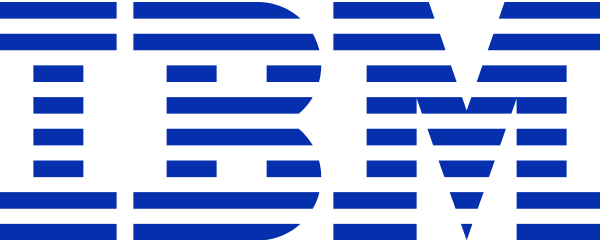Coursera
Free Online Course (Audit)
English
Paid Certificate Available
6 weeks long, 14 hours worth of material
selfpaced
Overview
Class Central Tips
The R programming language is purpose-built for data analysis. R is the key that opens the door between the problems that you want to solve with data and the answers you need to meet your objectives.This course starts with a question and then walks you through the process of answering it through data. You will first learn important techniques for preparing (or wrangling) your data for analysis. You will then learn how to gain a better understanding of your data through exploratory data analysis, helping you to summarize your data and identify relevant relationships between variables that can lead to insights. Once your data is ready to analyze, you will learn how to develop your model and evaluate and tune its performance. By following this process, you can be sure that your data analysis performs to the standards that you have set, and you can have confidence in the results.
You will build hands-on experience by playing the role of a data analyst who is analyzing airline departure and arrival data to predict flight delays. Using an Airline Reporting Carrier On-Time Performance Dataset, you will practice reading data files, preprocessing data, creating models, improving models, and evaluating them to ultimately choose the best model.
Watch the videos, work through the labs, and add to your portfolio. Good luck!
Note: The pre-requisite for this course is basic R programming skills. For example, ensure that you have completed a course like Introduction to R Programming for Data Science from IBM.
You will build hands-on experience by playing the role of a data analyst who is analyzing airline departure and arrival data to predict flight delays. Using an Airline Reporting Carrier On-Time Performance Dataset, you will practice reading data files, preprocessing data, creating models, improving models, and evaluating them to ultimately choose the best model.
Watch the videos, work through the labs, and add to your portfolio. Good luck!
Note: The pre-requisite for this course is basic R programming skills. For example, ensure that you have completed a course like Introduction to R Programming for Data Science from IBM.
Syllabus
- Introduction to Data Analysis with R
- All data analysis starts with a problem that you need to solve and understanding your data and the types of questions you can answer about it are key aspects of this. The R programming language provides you with all the tools you need to conduct powerful data analysis, providing the conduit between your data and the real-world problems you want to solve.
In this module, you’ll review a type of problem that you can solve in R and the underlying data that forms the basis for your analysis. You’ll also learn about the R packages for data analysis, which provide a powerful set of tools that you’re likely to use in everyday data analyses. Finally, you’ll see how to import data and gain basic insights from the dataset. - Data Wrangling
- Data wrangling, or data pre-processing, is an essential first step to achieving accurate and complete analysis of your data. This process transforms your raw data into a format that can be easily categorized or mapped to other data, creating predictable relationships between them, and making it easier to build the models you need to answer questions about your data.
This module provides an introduction to data pre-processing in R and then provides you with the tools you need to identify and handle missing values in your dataset, transform data formats to align them with other data you may want to compare them to, normalize your data, create categories of information through data binning, and convert categorical variables into quantitative values that can then be used in numeric-based analyses. - Exploratory Data Analysis
- Exploratory data analysis, or EDA, is an approach to analyzing data that summarizes its main characteristics and helps you gain a better understanding of the dataset, uncover relationships between different variables, and extract important variables for the problem you are trying to solve.
The main question you are trying to answer in this module is: "What causes flight delays?" In this module, you’ll learn some useful exploratory data analysis techniques that will help answer this question. - Model Development in R
- You have identified the problem that you’re trying to solve and have pre-processed the dataset you’ll use in your analysis, and you have conducted some exploratory data analysis to answer some of your initial questions. Now, it’s time to develop your model and assess the strength of your assumptions.
In this module, you will examine model development by trying to predict the arrival delay of a flight using the Airline dataset. You’ll learn regression techniques for determining the correlation between variables in your dataset, and evaluate the result both visually and through the calculation of metrics. - Model Evaluation
- You have a firm understanding of your data and have pre-processed it to ensure the best possible outcomes. And you have conducted exploratory data analysis and developed your model. Everything looks good so far, but how can you be certain your model works in the real world and performs optimally?
In this module, you’ll learn how to use the tidymodels framework to evaluate your model. Tidymodels is a collection of packages for modeling and machine learning using tidyverse principles. Using these packages, you’ll learn how to cross-validate your models, identify potential problems, like overfitting and underfitting, and handle overfitting problems using a technique called regularization. You’ll also learn how to tune your models using grid search. - Project
Taught by
Yiwen Li and Gabriela de Queiroz


